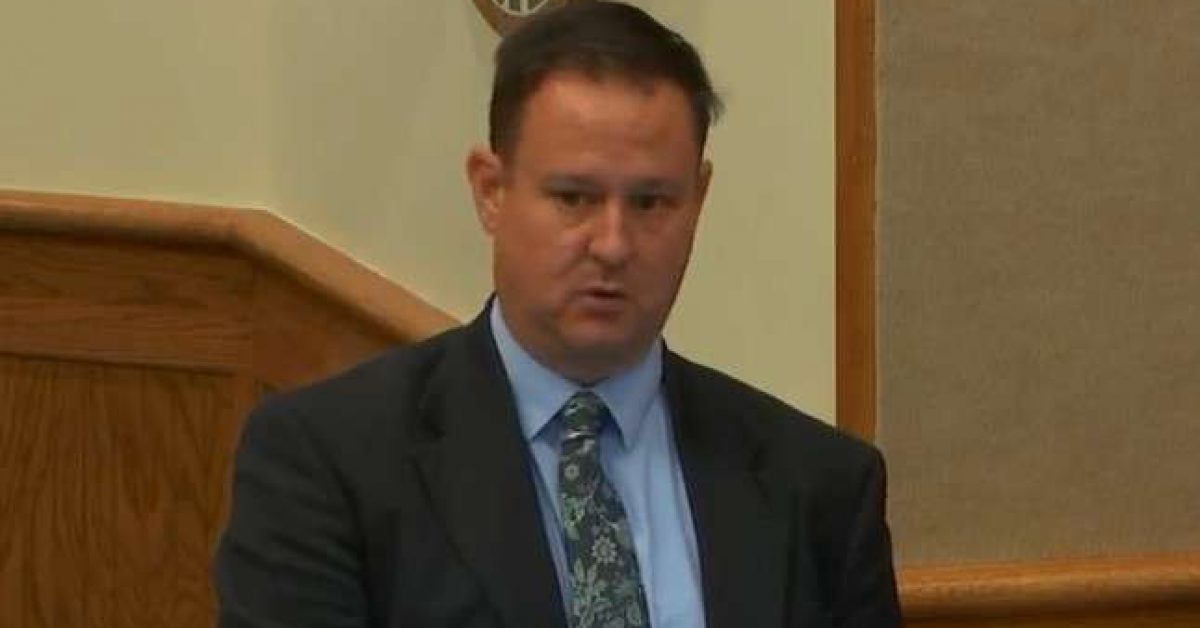Charlotte County Commissioners have been grappling with ways to address concerns raised by residents seeking an updated 2005 Burnt Store Area Plan. After watching Planning and Zoning official Shaun Cullinan’s March 19 presentation they will open an April meeting for public input on the matter.
Residents along Burnt Store Road have formed the Burnt Store Road Coalition. Saying they represent more than 11,000 residents in communities along the roadway, which extends from U.S. 41 in Punta Gorda to Pine Island Road in Lee County, many have been asking the county to update the plan that was made before the area’s burgeoning growth.
Their concerns include traffic problems, wildlife kills by vehicles, drainage and flooding and the lack of commercial development.
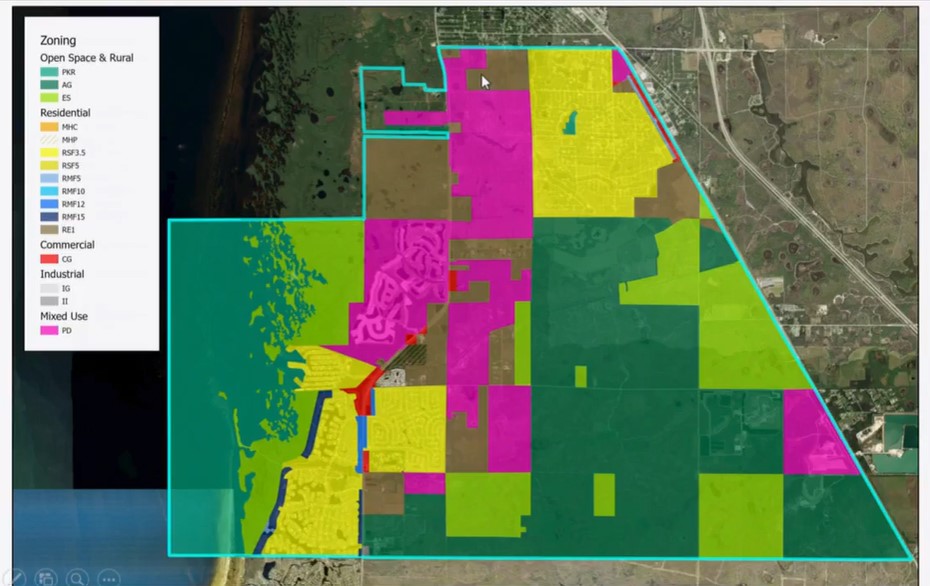 At meetings throughout the county, residents also expressed frustration about having to drive about 8 miles to Punta Gorda or Lee County to shop for essentials, such as groceries.
At meetings throughout the county, residents also expressed frustration about having to drive about 8 miles to Punta Gorda or Lee County to shop for essentials, such as groceries.
While there have been some changes made, commercial development will have to wait.
By 2045, the projected population along Burnt Store Road would support a new neighborhood shopping center with a grocery store, restaurants, and office and retail uses to serve a population of about 15,526 people, according to Metro Forecasting Models used for the county’s in-house study.
Although the bad news is that such development won’t be immediate, the good news is “there appears to be sufficient commercial entitlements available for the ultimate buildout of the corridor,” Cullinan said.
The amount of commercial entitlements totals 1,045,500 square feet—511,500 square feet already have been approved, plus there is at least 534,000 square feet of current Commercial General zoning land.
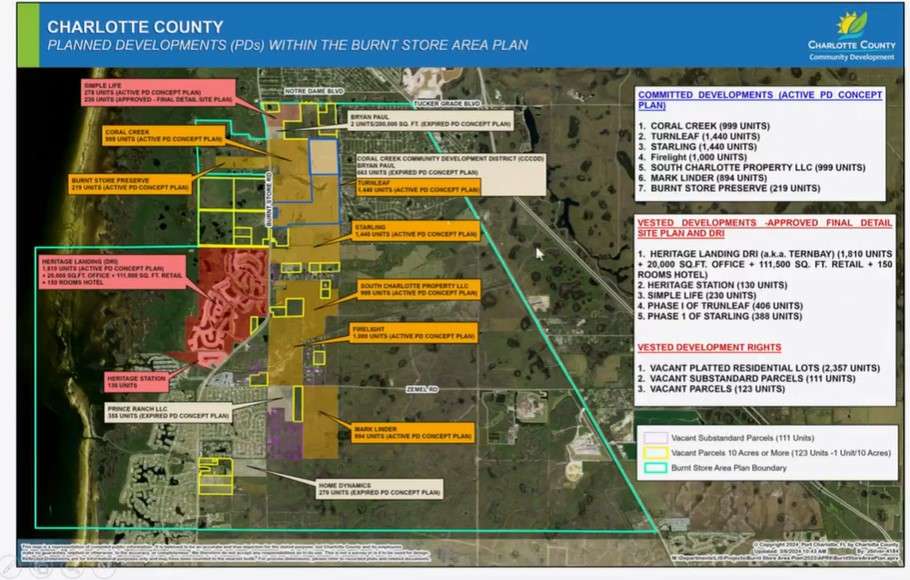 If all the commercially zoned properties are built out to their maximum entitlements, it could amount to upward of 2.4 million square feet of development, according to the county’s study.
If all the commercially zoned properties are built out to their maximum entitlements, it could amount to upward of 2.4 million square feet of development, according to the county’s study.
Commissioner Joe Tiseo pointed out a stumbling block to commercial growth, which he said “is market driven. If the rooftops and population do not exist, it will not come.”
Tiseo, who has been a retailer, explained that businesses conduct market research before deciding to open their business in an area.
Although it might be less expensive for a retail business to open now along the corridor, some would rather wait a decade when the population will support their store or restaurant, he said.
Even though there are sufficient commercial entitlements for the ultimate buildout of the corridor, it is up to businesses if and when they want to come to the area now or later.
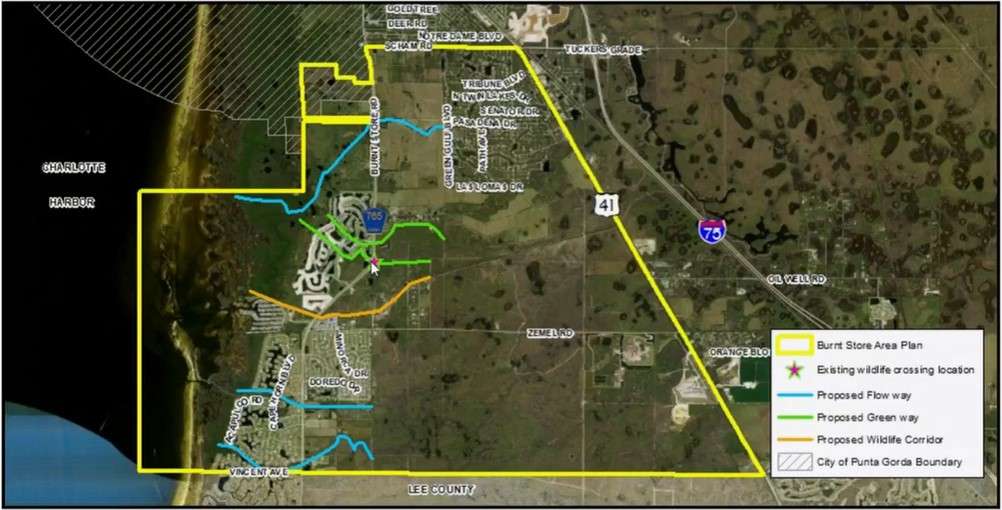 Meanwhile, some things the coalition sought have come to pass. A wildlife crossing has been installed at the southern greenway location and the county is evaluating other potential locations. Wildlife warning signs are already in place and future installations are being evaluated.
Meanwhile, some things the coalition sought have come to pass. A wildlife crossing has been installed at the southern greenway location and the county is evaluating other potential locations. Wildlife warning signs are already in place and future installations are being evaluated.
An updated hydrology study the coalition asked for is being funded by the South County stormwater MSBU, and staff will be asking for proposals by the end of March.
Also, after a Jan. 24 public meeting, a transportation study and alternatives will be presented to the board in April or May.
Commissioner Chris Constance expressed surprise when Cullinan displayed a map of the corridor showing a significant amount of preservation land owned by the state, county and city that can never be developed. In addition, nearly half of Heritage Station and Heritage Landing, which have entrances on Burnt Store Road, are preservation land as well.
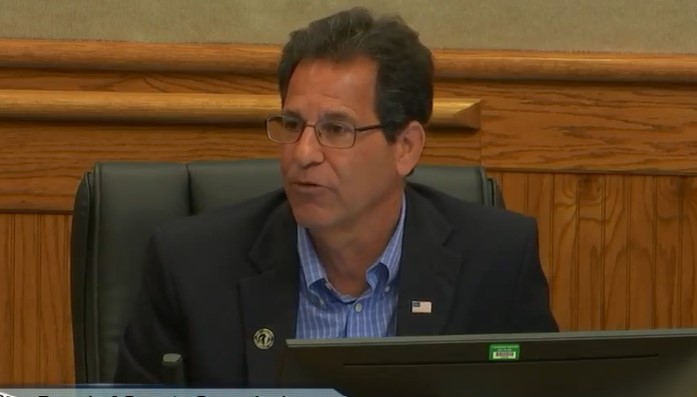 Constance noted the majority of land that is not environmental has already been designated Planned Development. There are currently 10,559 units that have been approved and are either planned developments or in final detail site plan stages.
Constance noted the majority of land that is not environmental has already been designated Planned Development. There are currently 10,559 units that have been approved and are either planned developments or in final detail site plan stages.
Underway in active construction are the Starling and Turnleaf Phase I developments. There are several applications in process and the residential portion of Heritage Landing and Heritage stations are nearing completion, Cullinan said.
The existing Burnt Store Area Plan requires a minimum of 20% of open space under their Planned Development, and Burnt Store Village Residential allows for commercial entitlements of up to 10% per project.
What the plan doesn’t address is existing residential developments, including Burnt Store Village, Burnt Store Lakes and other older communities, and drainage and roadway impacts.
Cullinan said regardless of what the county wants, “Florida statute does not allow for more restrictive regulations through October 2026.” He said this statute was put in place for properties affected by Hurricanes Ian and Idalia.



